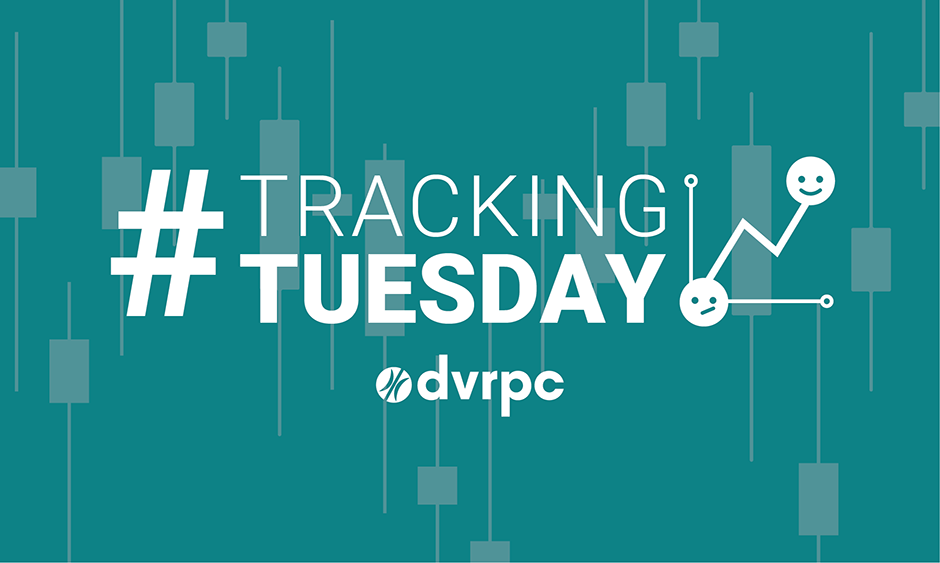
November 19, 2024
How have transportation safety trends in Greater Philadelphia changed from 2006 to 2023? Find out in today's #TrackingTuesday!
Connections 2050, DVRPC’s regional Long-Range Plan, aims to ensure the region has a safe and efficient transportation network. Improving roadway and public transit system safety can help reduce injuries and fatalities among residents in the region and reduce congestion by decreasing the amount of crashes and encouraging more residents to take public transit. These improvements can further benefit the region by decreasing stress on the region’s healthcare system, enhancing goods movement, increasing access to jobs for the region’s residents, increasing mobility and reliability, and improving air quality. This update to the Transportation Safety Indicator incorporates Federal Highway Administration and Federal Transit Administration Transportation Performance Management roadway and transit safety data.
Following a steady decline from 2010 to 2014, the total vehicle KSI (which measures people who have been killed or seriously injured in traffic crashes) then increased between 2015 and 2022 by 94.1%. In 2023, the region’s roadways saw a decline of 17.3%, meaning there has been a 60.5% increase in vehicle fatalities and severe injuries that have occurred on the region’s roadways since 2014. This vehicle KSI burden is not evenly shared throughout the region; for example, Philadelphia had a 45.9% higher vehicle KSI rate per capita than the suburban New Jersey counties in 2023.
Bicyclists and pedestrians are especially vulnerable when involved in crashes, and bicyclist and pedestrian KSI has been rising in the region. In 2023, 26% of the total KSI in the region involved bicyclists and pedestrians, higher than the 18-23% of the total they made up in previous years. Like with vehicular crashes, the bicyclist and pedestrian KSI burden is shared unevenly throughout the region, as Philadelphia had 37.1% of its KSI involve bicyclists and pedestrians in 2023, compared to 25.4% for the New Jersey counties, and 18.3% for the Pennsylvania suburban counties. These grim vehicle, bicyclist, and pedestrian crash statistics show how important it is for the region’s governments to pursue Vision Zero strategies such as implementing FHWA’s Proven Safety Countermeasures and engaging communities on the benefits of data-driven infrastructure improvements. Continuous and coordinated efforts are needed to bring these figures down.
Unlike with road crashes, the safety of the region’s public transit systems have been improving, especially compared to two decades ago. In 2023, 447 people were killed or injured, regardless of severity, across all public transit agencies and modes in the region. This is an 84.7% decrease from the 2006 peak of 2,919. Most of those people across all years were injured passengers. The number of safety events on the region’s public transit vehicles have also declined in a similar pattern over the last 18 years, declining from a peak of 9,452 in 2006 to just 568 in 2023, a 94.0% decrease over that time frame.
For more details on crash trends and other transportation safety metrics, go to the “How are we doing?” tab in the Transportation Safety Indicator.
Want to download the data for your own use? Under each chart, find a link to the data in DVRPC’s Data Catalog. You can also explore other indicators in Tracking Progress, DVRPC’s interactive dashboard for exploring Greater Philadelphia’s progress toward the Connections 2050 regional Vision.